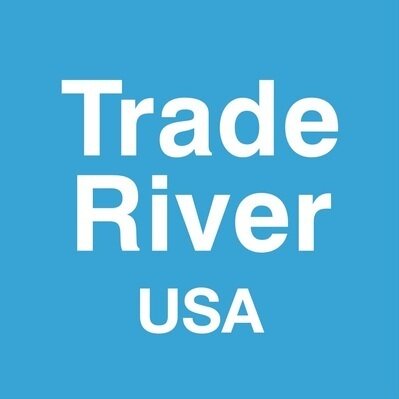COVID-19: Building Resilient Supply Chains
Global supply chains are digesting the shocks of COVID-19 and adapting to lockdown procedures. While the world grapples with an economic downturn, supply chains are scrambling to mitigate risk as they experience unique and unprecedented challenges.
The outbreak’s accelerated ripple effect has forced companies to write a new chapter in supply chain risk management. The complexity of the global supply chain has presented the largest challenge. Supply chain implications transcend regional concerns. Labor shortages, travel restrictions, border closures, and other logistical issues have a cascading effect and further augment the impact.
The magnitude of this pandemic has caught many businesses off guard. Demand has dropped substantially, sending shockwaves of disruption through supply chains and leaving businesses to resort to fight or flight mode. In response, many companies are building action plans to take care of consumers and operations. There are several measures supply chain leaders are taking to mitigate risk, such as preparing alternate sourcing plans, developing supply chain monitoring and response programs for companies directly affected by the outbreak, and investing in modeling capabilities that offer suppliers a forecast analysis of changes in demand in an effort to increase agility.
It is crucial to implement readily deployable solutions to respond effectively and in real-time to COVID-19 disruptions. Some companies are better prepared than others. Better-prepared companies have business continuity and risk strategies queued up to mitigate the impact of the virus. These companies have diversified their supply chains geographically. Others are overly reliant on single suppliers and lack the visibility to anticipate incoming risks and adapt accordingly.
COVID-19 is a catalyst for companies to revisit their supply chain strategies and digital initiatives. Today’s supply chain is highly sophisticated and plays a big role in the competitive landscape for many companies. However, the interlinked nature of supply chains makes them vulnerable to a host of risks, creating more room for error and a smaller margin to adapt to disruption. Emerging technologies offer transformative opportunities for the end to end supply chain and can increase transparency and support resiliency.
There is an opportunity to eliminate the transitional overhead commonly associated with traditional risk management processes. Digitally adapted supply networks are redesigning supply chains to effectively anticipate disruptions and make pivots to appropriately mitigate respective impacts. From a risk management perspective, the key is to build a resilient supply chain that reduces risk and is adjusted to real-time changes and recovery in the wake of uncertainty.
To avoid the impact of points of failure in the value chain, securing cash flow is crucial. Companies are experiencing varying degrees of financial stress during the pandemic and struggling to access capital. Taking steps now to cut costs, explore alternative financing options, and maintain or build strong relationships with lenders will be key to making it through to the other side. Given the inevitability of disruption to complex and interconnected supply chains, companies of the 21st century must have flexibility and reserve funding capacity built into their business models. For example, a number of TradeRiver USA clients have made the pivot from the traditional company supply chain to filling the critical need for PPE. Companies can monetize the balance sheet, without additional security, to expand cash flow and transact from a ‘cash position’ to meet the challenges and opportunities brought about by disruption.
When one part of the global trade network is impacted by an event like the COVID-19 pandemic, the whole ecosystem is vulnerable to disruption. This means that no company is immune. Organizations face a difficult road to recovery following the viral outbreak. Businesses cannot exercise control in a volatile environment, but their response can be flexible. As threats continue to multiply, resilience becomes increasingly important for companies to set themselves apart by adapting to the shifting and unprecedented trade landscape.
This article also appears in ABFJournal

